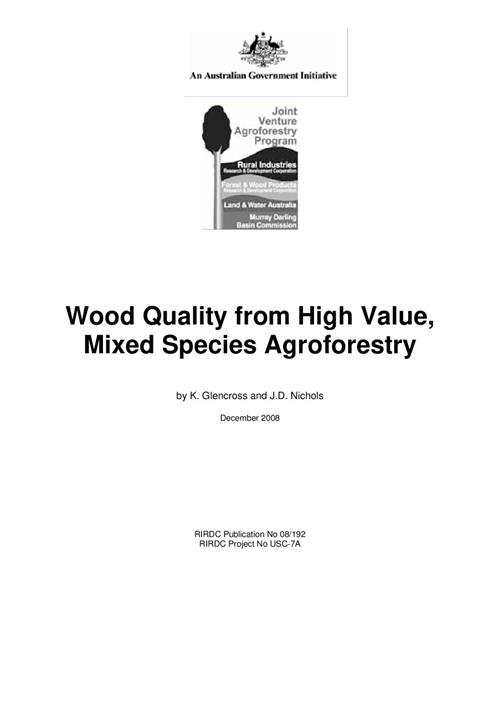The subtropical and tropical rainforests of Australia were extremely productive ecosystems, which supported a huge diversity of plants. These forests contained valuable timber resources that were rapidly exploited by the earliest European settlers. Timber such as cedar, mahogany and ash were highly sought after by boat builders, furniture makers and carpenters. Rainforests of eastern Australia often grow on moist sites with good fertility and drainage. The demand for productive soils and reliable rainfall has resulted in clearing of large areas of rainforest for agriculture over the last 150 years.
Despite the high value of the timber, rainforest hardwood trees have been largely ignored as potential plantation species until recently. The development of agroforestry systems using high value rainforest timber trees has been gathering momentum over the last decade. The environmental benefits of growing trees across the agricultural landscape are well understood, however, the economic benefits that may accrue from high value trees on farms remain largely unknown. The development of a vibrant industry based on high value timber products relies upon a thorough understanding of wood properties and markets.
The evaluation of wood properties from high value rainforest species has been carried out from New South Wales to north Queensland. The program has involved collecting over 140 logs from mixed species rainforest plantings on agricultural land. The physical properties of the wood collected have been assessed to determine density, strength, stability and hardness of the most promising agroforestry species. The results can be used to determine potential products and used to develop markets for the wood grown on farms.





